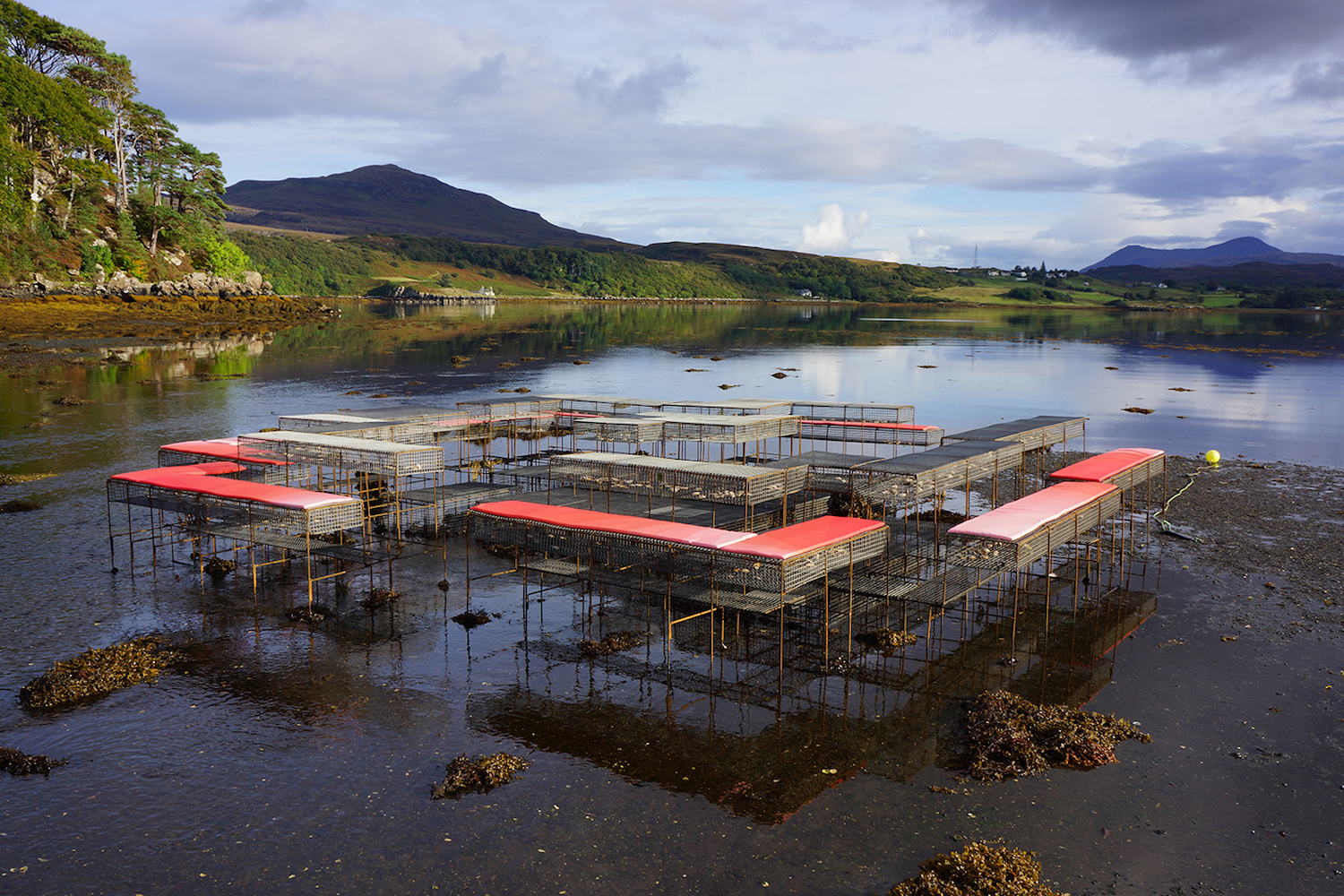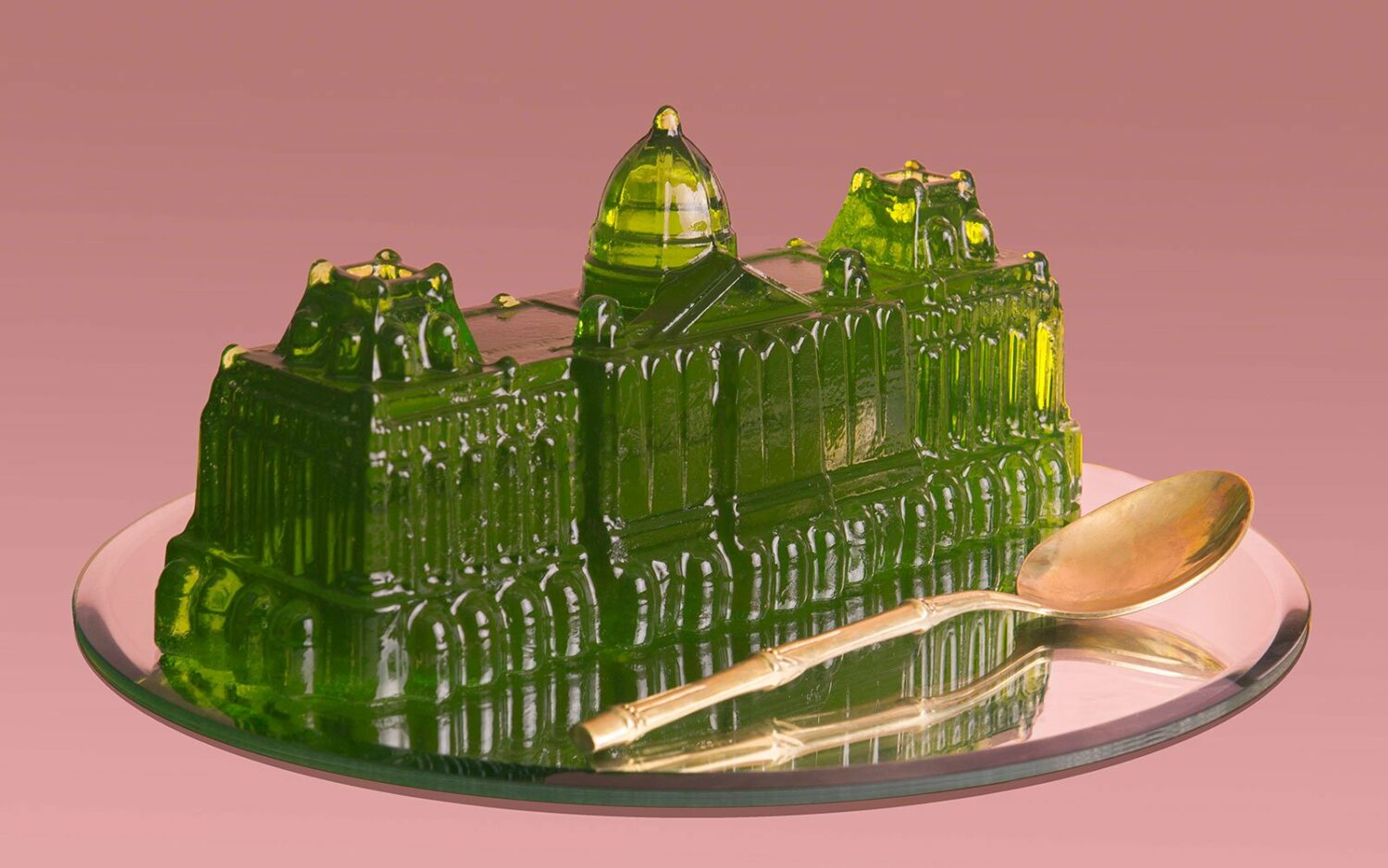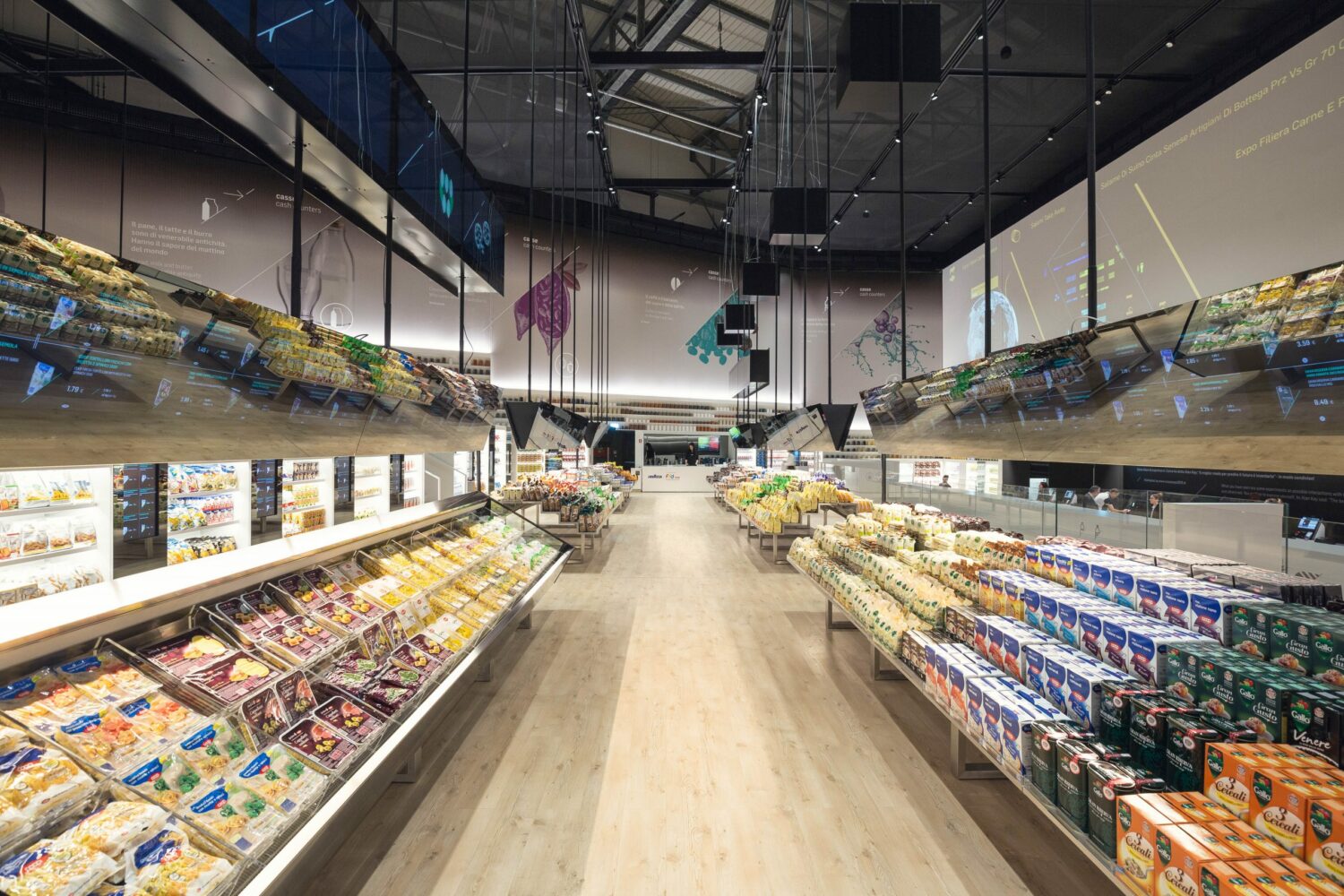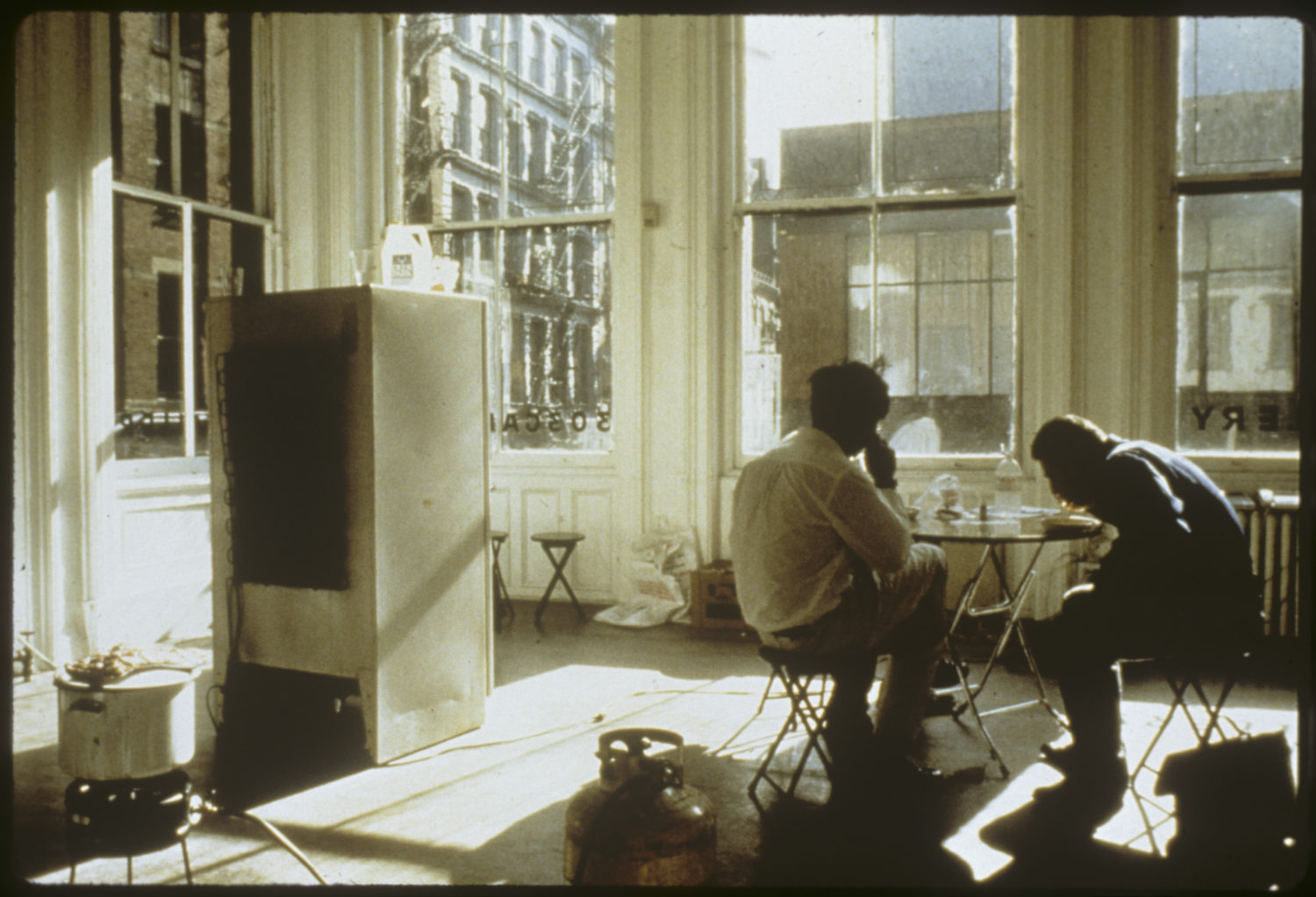5 Practices Exploring The Intersection Of Food & Architecture
By Something CuratedFood and architecture are two fundamental elements that shape our lives, yet their relationship is often critically overlooked. With a growing number of practitioners exploring this fascinating intersection, the below are using food as a lens to rethink the built environment and challenge accepted perceptions of design, art and sustenance. From provoking thought around the sourcing of what we eat to creating immersive dining spaces that subvert our experience of consumption, these creatives are transforming how we think about the interplay between food and architecture. Through their innovative concepts, they not only blur the lines between disciplines but also address critical issues such as sustainability, cultural identity and social interaction.
Cooking Sections

Cooking Sections examines the systems that organise the world through food. Using site-responsive installation, performance and video, they explore the overlapping boundaries between art, architecture, ecology and geopolitics. Established in London in 2013 by Daniel Fernández Pascual and Alon Schwabe, Cooking Sections’ practice uses food as a lens and a tool to observe landscapes in transformation. They have worked on multiple iterations of the long-term site-responsive CLIMAVORE project since 2015, investigating how the ways we eat as humans can change climates. Some of their most impactful work is in communities, such as an apprenticeship programme they set up in the Isle of Skye to train the next generation of cooks. Their work has been exhibited at Tate Britain, Serpentine Galleries and Lafayette Anticipations, among other venerable institutions, and, notably, the duo was nominated for the Turner Prize in 2021.
Marije Vogelzang

Marije Vogelzang is a Dutch designer who has gained recognition for her original approach to the relationship between food, design, and human experiences. She is known for pioneering the field of “eating design,” which explores the cultural, social, and emotional aspects of food. Vogelzang views eating as a multisensory experience and explores how design can influence our perception, behaviours, and rituals related to food consumption. Her 2017 project called Volumes centred around the design of eating devices that create the illusion of a fuller plate, aiming to address the issue of overeating. Other key early projects by Vogelzang include her 2005 Sharing Dinner, where diners were separated from the table by vertical tablecloths, and her 2006 Connection Dinner, where a tablecloth of dough was cooked overnight by oversized table lamps and then eaten the following evening by diners. In 2014, she assumed the position of head of the food department at the Design Academy Eindhoven.
Bompas & Parr

Bompas & Parr is a London-based creative duo consisting of Sam Bompas and Harry Parr. They are known for their playful and immersive approach to food, events, and architectural installations. With backgrounds in architecture and design, the practice has earned a unique reputation for their projects that merge food with art, science, and technology. They have collaborated with eminent brands, cultural institutions, and private clients to create extraordinary experiences that engage multiple senses. As self-styled “jellymongers,” one of their areas of expertise is jelly. They have elevated jelly-making into an impressive art form, crafting intricate and visually stunning edible creations. Their expertise in gelatine has led to collaborations with renowned chefs and the creation of installations, exhibitions, and even architectural structures made entirely of jelly. Bompas & Parr are also known for their exploration of historical and cultural food traditions, having recreated famous historical feasts such as the last meal on the Titanic.
Carlo Ratti Associati

Carlo Ratti Associati is a design and architecture firm founded by Carlo Ratti, an Italian architect, engineer, and professor. The firm explores the intersection of design, technology, and human experiences, with a focus on creating sustainable and interactive spaces. The practice’s germinal project, the Future Food District (FFD), a 7000 square metre pavilion, explores how digital technology can change the way that people interact with food. The project was presented at the Expo Milano 2015, titled Feeding the Planet, Energy for Life. The pavilion, positioned at the heart of the exhibition grounds, investigated how data could change the way that we interact with the food that we eat, informing us about its origins and characteristics and promoting more cognisant consumption habits. The exterior of the pavilion featured the world’s largest plotter. The plotter, made of mechanical arms that moved along two-axes, drew on the facade using spray paint of different colours, transforming it into a dynamic data visualisation fed by visitor-generated content.
Rirkrit Tiravanija

Rirkrit Tiravanija is a celebrated Thai contemporary artist known for his contributions to Relational Aesthetics. Born in 1961 in Buenos Aires, Argentina, and raised in Thailand, Tiravanija gained recognition in the 1990s for his pioneering installations and performances that blurred the boundaries between art, everyday life, and social interaction. He is best known for his participatory artworks that often involve the act of cooking and sharing meals with the audience. These immersive installations transform gallery spaces into communal dining environments, emphasising the social aspects of art and fostering a sense of community. Tiravanija’s installations often incorporate elements of architecture, design, and commonplace objects. He frequently utilises simple and accessible materials to create temporary, site-specific environments that invite visitors to interact and become active participants. Through his work, Tiravanija challenges conventional notions of art objects and creates experiences that encourage active engagement and dialogue.
Feature image: Marije Vogelzang, Sharing Dinner, Tokyo, 2008. © Marije Vogelzang